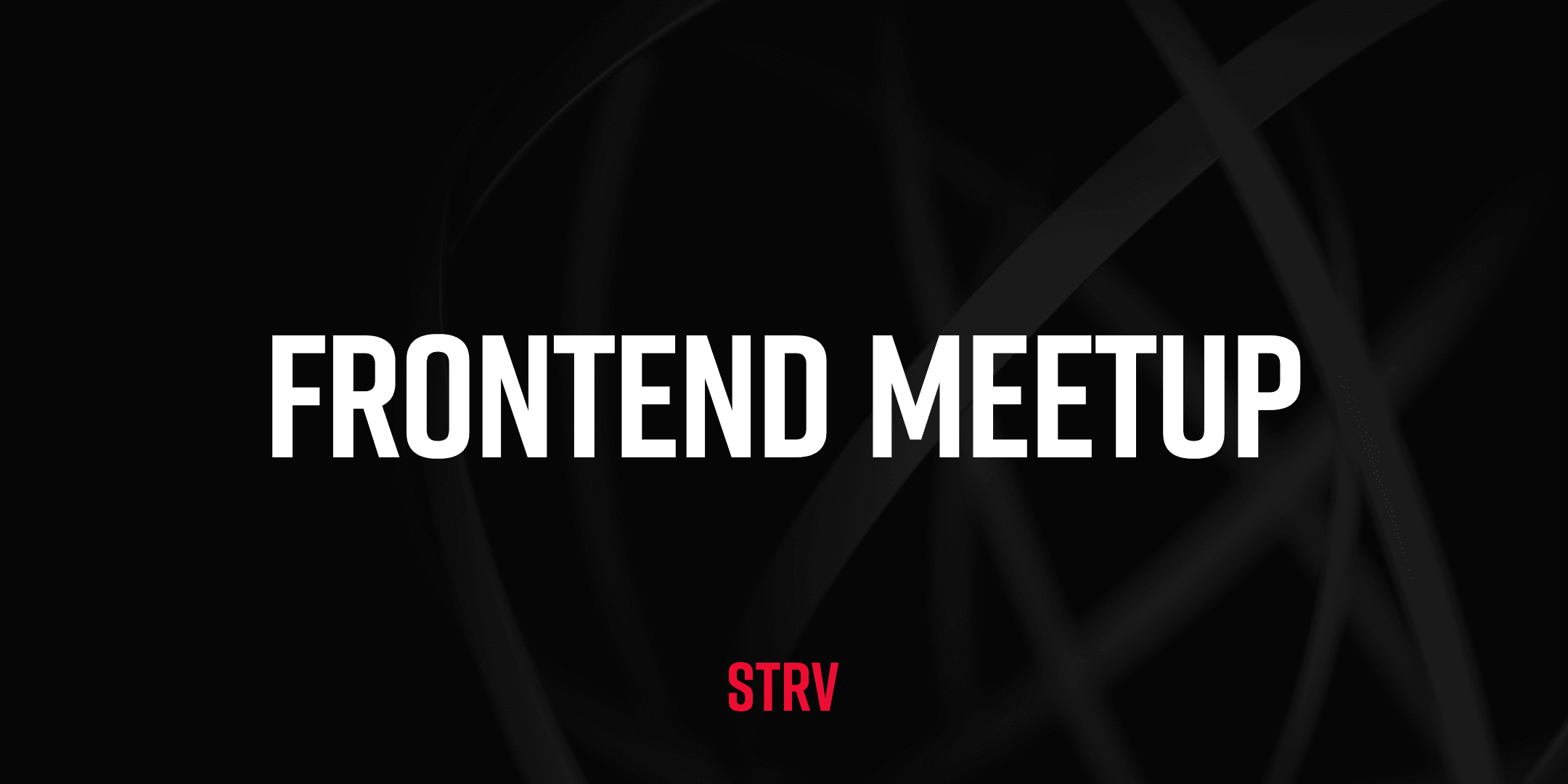1. “ANYBODY CAN BE A WEB DEVELOPER"
The beauty (and curse) of web development lies in its easy accessibility. The Internet is an ordinary thing that we use for anything and everything on a daily basis.
Simply put, there are no limits, no obstacles in contributing to the platform. Anyone can have their own webpage. Unlike platforms such as iOS, Android and backend, the barriers to entry are incredibly low—which means people often think they “get it” while not knowing much more than the basics.
Let’s say you know the essentials of HTML and CSS - the simple, system-free text editor where you write your code. You type a few lines and immediately see the visual result. And that result is in the same browser where you spend hours of your free time, searching for news or scrolling your Facebook feed. Meaning, it’s in a place you believe you fully understand. This can lead to a version of the following thought process: "Wow, am I a web developer? This is fun! I should try and apply for a job!"
In comparison, iOS, Android and backend development require a more advanced knowledge of programming patterns before seeing any sort of result. Plus, for iOS development, you need to have a Mac, and for the backend, you need to understand the code—and the entire infrastructure—on a more abstract level. Seeing results takes much longer and carries a high price tag, which makes anyone think twice before aiming for a job in the field.
The thing is, in terms of effort, mastering frontend development is no different. It takes just as much time, dedication and practice. And there is a big difference between a frontend developer and a frontend enthusiast.
Before applying for the job, you need to become a true frontend developer. An expert. How? The next two points are a good start.
2. WATCH TRENDS AND THINK ABOUT THEM CAREFULLY
Let’s look at STRV. Our main frontend library has been React for more than three years. We love using its technology on our projects and enjoy being a part of its open community—our developers take part in conferences as both visitors and speakers. The limitless amount of available resources and inspiration about React help connect the entire community, making it stronger, more efficient and easier to join.
All of the React community’s benefits come down to well thought-out, organized documentation. It’s one of the ways we ensure our team remains up to date. Plus, the Getting Started guide and numerous tool helpers help navigate even the newbies through everything they need to know.
To sum it up: you're able to create your first React web page very quickly, without investing too much effort and too many resources. It’s possible to jump in armed only with relatively shallow knowledge of HTML, CSS and the basics of JavaScript. But - as explained in the previous point - knowing how to use React isn’t equivalent to being a frontend developer.
The world of web moves exceptionally fast, and many libraries come and go. When hiring a strong frontend developer, it’s important to look at the developer’s general knowledge and full range of skills. Because times may change, and a developer must be well-equipped for any shift that may occur. At least that's what we do at STRV.
3. NEVER FORGET ABOUT WEB FUNDAMENTALS
Before applying, consider your job expectations and really analyze the job description. At STRV, we have a pre-screening system for our candidates. This helps us filter out the candidates who are missing some skills we consider crucial to the job.
We've had quite a lot of React applicants come in and realize they were missing broad, in-depth knowledge of web development. You may be able to write a large React app, but without incorporating or utilizing some key factors that only an experienced developer knows, your app could be underperforming, or it could be very difficult to maintain.
To find out if a candidate we're recruiting is an actual Frontend developer—and fits what we're looking for—the candidate is given a test project that is designed to pinpoint the scope of their skills in the following areas:
- Project Structure / Setup / Environment / Documentation
- JavaScript & React
- HTML
- CSS
- Functionality / Design
Web development these days is a much more complex phenomenon than it may seem. Even though mobile platforms, AR and VR have been “stepping on its toes” and have brought more complex dimensions into the field, the web continues to grow stronger. It has become an inseparable part of our lives.
Sometimes, we forget that there are real people behind the creation of every web page we use on a daily basis. Those people are frontend developers, and they are responsible for every user’s first impression. And in this fast-paced world with endless options, first impressions matter more than ever.
That’s why we simply can’t afford to hire developers who aren’t absolute, standout experts.
Want to track STRV news?







